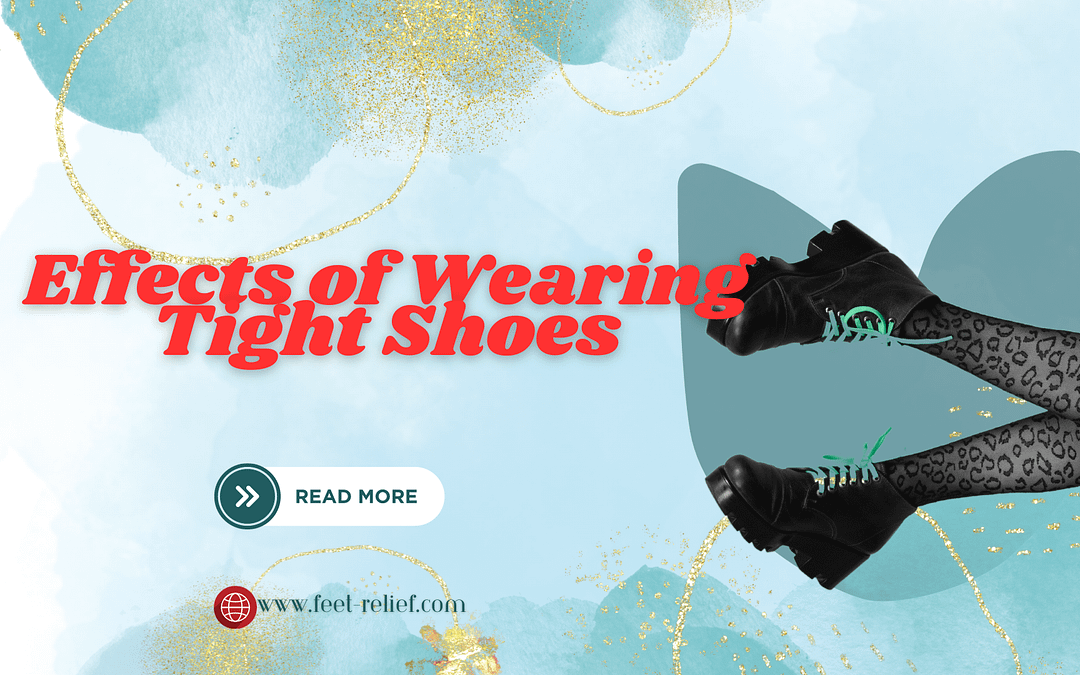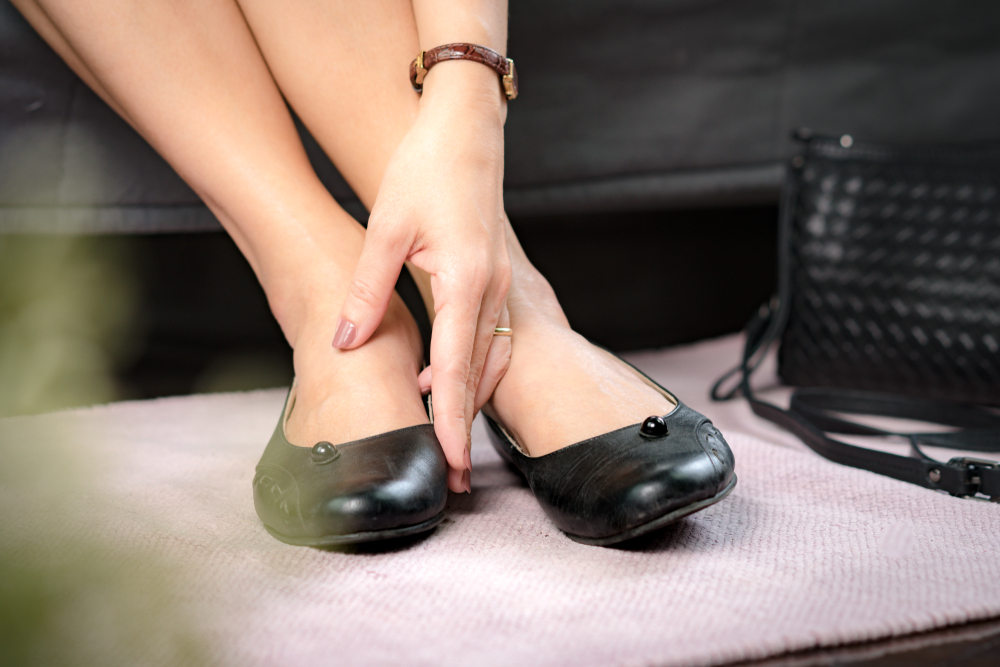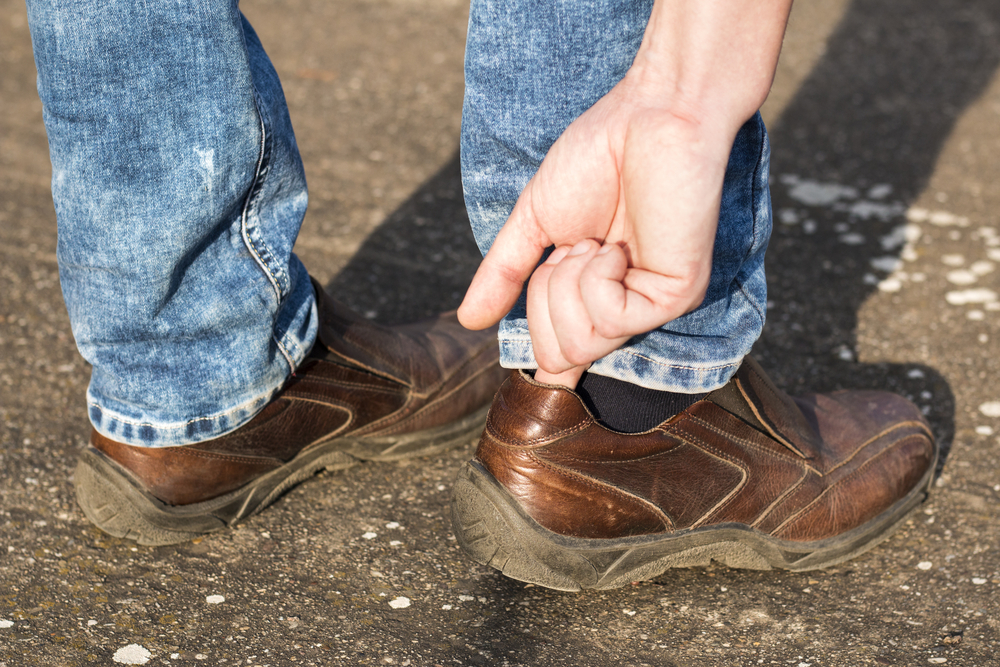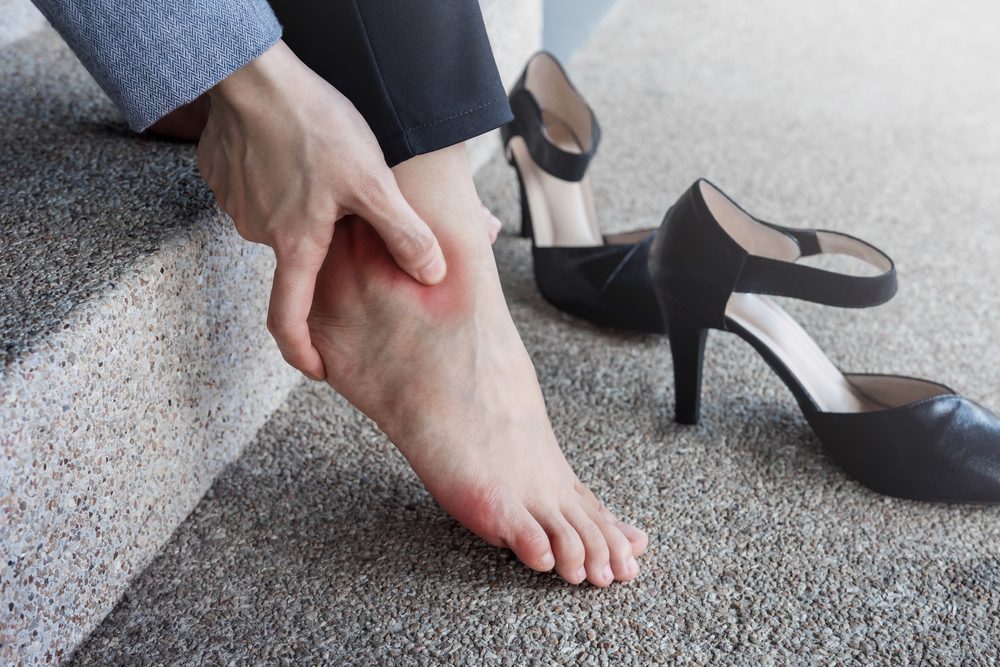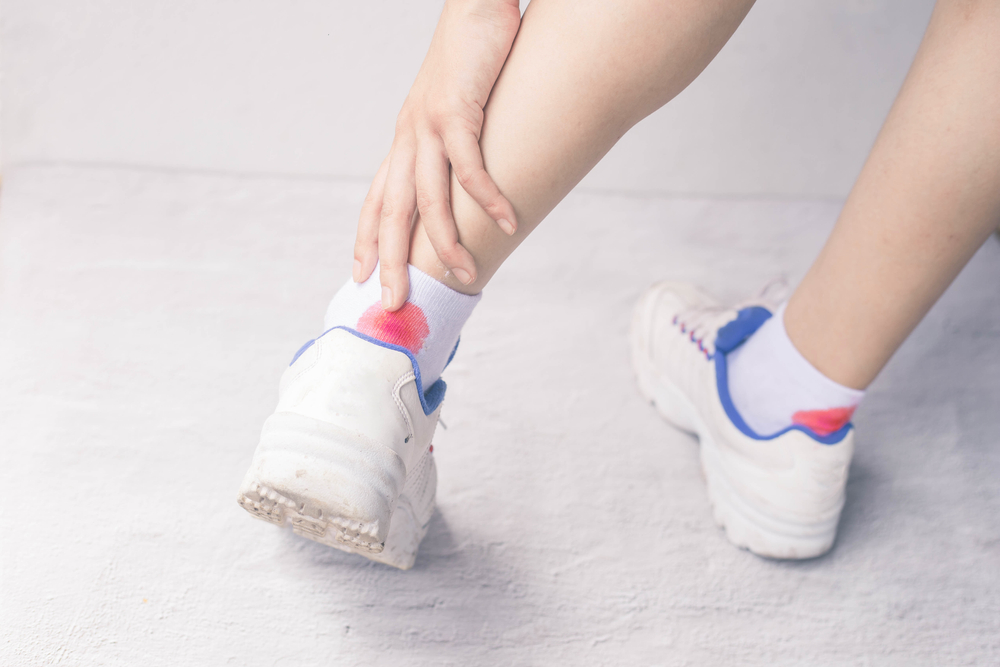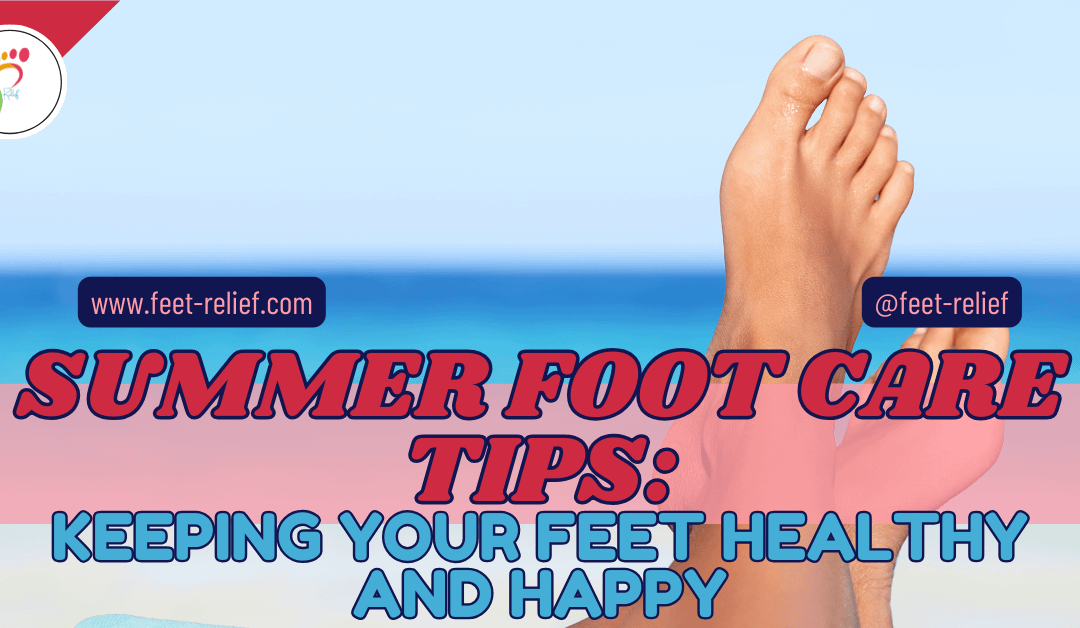
Summer Foot Care Tips: Keeping Your Feet Healthy and Happy
As the temperature rises and the sun graces us with its warmth, summer beckons us to shed our layers and embrace the season’s delights. Yet, amidst the joys of beach days and outdoor adventures, it’s easy to overlook a crucial aspect of our well-being: foot care.
Summer, often characterized by its sweltering heat, presents unique challenges for our feet. As our footwear becomes lighter and more breathable, our soles are exposed to the elements like never before. It’s during these warmer days that the importance of caring for our feet truly shines through
Embrace the warmth of summer while treating your feet to a pampering experience tailored for the season’s demands. Venture into a world of foot-friendly wisdom, where we unravel the secrets to maintaining soft, comfortable, and blister-free soles. From hydrating remedies to blister prevention strategies, we’ll equip you with the knowledge to navigate the sun-drenched paths ahead. Invest in your foot health today, and reap the rewards of carefree strides throughout the summer’s enchanting days.
Summer Foot Care Tips: Essential Advice for Healthy Feet in the Heat
As temperatures rise and footwear becomes more open and airy, paying attention to foot care becomes increasingly essential.
Summer brings with it a unique set of challenges for foot health, including risks of sunburn, blisters, and rough, callused skin.

Foot care during summer is not only crucial for maintaining healthy feet but also for ensuring comfort while participating in summer activities.
From daily maintenance to addressing common problems, taking proactive steps can keep feet in top condition, allowing for an active and enjoyable season.
Enhanced exposure to the elements during summer means feet are more susceptible to drying out and experiencing irritation from sandal straps or rough terrain.
Emollient-enriched creams can offer hydration, while blister pads and other protective measures can shield feet from friction and excessive pressure.
Keeping toenails trimmed and calluses at bay with proper tools is another vital aspect of summer foot care.
For more persistent issues or advice tailored to individual needs, seeking professional guidance can be invaluable in preventing and treating summer foot ailments.
Key Takeaways
- Regular moisturizing and protection against blisters keep feet comfortable.
- Proper nail care and callus management are essential for foot health.
- Professional advice can help treat common foot problems effectively.
Understanding the Basics of Summer Foot Care
Summer presents unique challenges for foot health, with increased heat and humidity putting extra stress on feet.
Effective summer foot care hinges on staying vigilant about hydration and understanding the impacts of heat.

The Importance of Hydration
Hydration plays a pivotal role in maintaining healthy feet during the summer.
The body requires adequate fluids to regulate temperature and maintain circulation.
Specifically, hydration prevents skin from drying out, which can lead to cracks and other foot problems.
It is recommended to use emollient-enriched creams to keep the feet well-hydrated and to protect against common foot issues that stem from dehydration.
Effects of Heat on Foot Health
High temperatures can cause feet to swell and sweat, increasing the risk for blisters, infections, and other foot ailments.
Proper ventilation in shoes can help mitigate these effects by allowing air circulation.
Additionally, individuals should consider wearing supportive sandals designed to provide protection and breathability in the summer months.
Avoiding prolonged exposure to heat can help maintain one’s foot health and prevent conditions exacerbated by high temperatures.
Daily Summer Foot Care Routine
A regular foot care routine is essential in maintaining foot health during the summer. It encompasses proper cleansing, moisturization, sun protection, and appropriate footwear choice for the season.

Cleansing and Moisturizing
One should begin their day by thoroughly washing their feet to remove dirt and bacteria.
Pat the feet dry, focusing on the area between the toes to prevent fungal infections.
After cleansing, applying a hydrating foot cream helps to keep the skin supple and prevent dryness.
In the evening, consider a foot soak with Epsom salts to relax muscles and improve circulation.
Sun Protection for Your Feet
Feet are often neglected when it comes to sun protection, but they are just as susceptible to the harmful effects of UV rays.
Applying a broad-spectrum sunscreen on the tops of your feet can prevent sunburns.
Reapply sunscreen after swimming or sweating to maintain its effectiveness throughout the day.
Choosing the Right Footwear
The choice of footwear is crucial to avoid common summer foot problems.
Opt for supportive sandals that provide good arch support and have cushioning.
Always avoid walking barefoot to protect against cuts and infections.
It’s beneficial for one’s footwear to be breathable, reducing the risk of developing athlete’s foot or other moisture-related issues.
Treating Common Summer Foot Problems
Summer brings with it a host of foot problems, notably blisters and swelling due to heat and activity. This section covers specific methods to prevent and address these common concerns.


Prevention and Treatment of Blisters
Blisters are a result of friction between the skin and shoes or sandals.
To prevent blisters, one should choose well-fitted footwear and consider using moisture-wicking socks.
They can also apply blister pads or moleskin to areas prone to friction.
To treat a blister:
- Do not pop it. This increases the risk of infection.
- Clean and cover the blister with a sterile bandage or dressing.
- Apply an emollient-enriched cream to hydrate the skin around the blister.
Addressing Swollen Feet
Swollen feet often occur from heat and standing for extended periods.
To combat this:
- Elevate your feet when possible to reduce swelling.
- Stay hydrated by drinking plenty of water, which can minimize foot swelling.
- Take breaks to sit down, and perform ankle flexes, toe wiggles, and calf stretches to keep blood flowing.
Professional Foot Care Advice
Summer is here, and with it comes the importance of maintaining foot health during warmer months. Proper care guided by professional advice is essential for keeping one’s feet comfortable and injury-free.

When to See a Podiatrist
One should consider visiting a podiatrist if they experience persistent foot pain, signs of infection such as redness or swelling, or any noticeable changes in the appearance or sensation in their feet.
A professional can provide a tailored plan for foot care, especially for individuals with diabetes, who need to be particularly vigilant during the summer.
According to the American Podiatric Medical Association, certain symptoms like blisters, corns, and ingrown toenails also merit professional attention.
Custom Orthotics for Summer Shoes
For those sporting summer shoes, an expert may recommend custom orthotics to provide adequate support and distribute pressure evenly.
Such personalized inserts can be particularly beneficial when wearing sandals or other minimal footwear that typically offer less support.
The use of orthotics in summer shoes can prevent common complaints, and podiatrists can help determine the right type of orthotics for both the foot type and the shoe style.

Natural Foot Care Solutions
Summer is the perfect season to adopt natural remedies for maintaining foot health. These solutions are not only effective, but they are also gentle on the skin and include readily available ingredients.

DIY Foot Soaks
For those wanting to revitalize tired feet, a homemade foot soak can be a soothing solution.
Epsom salts and warm water create a simple yet effective soak that can soften rough skin and ease muscle cramps.
One might also add a few drops of lavender oil for its relaxing properties.
In fact, a study on foot soaks suggests regular sessions can help one decompress while improving skin health.
- Basic Foot Soak Recipe:
- Warm water
- 1/2 cup Epsom salts
- Optional: a few drops of essential oil
Essential Oils for Foot Health
Essential oils offer a variety of benefits for foot care.
Tea tree oil is known for its antifungal properties, making it a great option for those battling athlete’s foot.
It can be mixed with a carrier oil like coconut oil and applied directly to the affected area.
Additionally, peppermint oil can provide a cooling sensation and help with odorous feet when massaged in or used in a soak.
Refer to essential oils for skin health for specific blends and applications that could enhance foot health.
- Essential Oil Uses:
- Tea tree oil – mix with a carrier oil for antifungal benefits.
- Peppermint oil – massage into feet for a refreshing feel.
Summer Foot Care Tips: Wrapping Up

As we wrap up another summer season, let’s reflect on key points that have kept our feet healthy:
- Regular moisturizing and blister protection ensured comfort.
- Proper nail care and callus management maintained foot health.
- Seeking professional advice addressed persistent issues effectively.
- Staying hydrated and understanding heat impact were crucial.
- Daily routines like cleansing, moisturizing, and sun protection were essential.
- Preventing and treating blisters and swollen feet minimized discomfort.
Have you tried integrating these tips into your summer foot care routine? Keep prioritizing foot health beyond summer for year-round comfort.
Frequently Asked Questions
In this section, readers will find concise and relevant information addressing common concerns related to foot care during the summer months.
What are the best practices for keeping feet moisturized during hot weather?
Experts recommend using an emollient-enriched cream to hydrate feet during the summer.
Regularly applying such creams prevents dryness that can be exacerbated by heat and exposure.
How can I prevent blisters when wearing sandals and flip-flops?
To protect against blisters, it’s crucial to wear sandals that fit properly and do not rub against the skin.
Additionally, using blister pads or moleskin on areas prone to rubbing can serve as a preventive measure.
What are the essential steps for a home pedicure suitable for summer?
A home pedicure should include soaking the feet, trimming the toenails straight across, smoothing edges with an emery board, and gently removing calluses with a pumice stone. Moisturizing afterwards is also important.
Can you suggest ways to prevent foot odor during the summer season?
Reducing foot odor in the summer involves keeping the feet clean and dry.
Using antiperspirants on the feet can help manage perspiration and bacteria growth that cause odor.
How should I protect my feet from sunburn while at the beach?
Feet are susceptible to sunburn. So, it is important to apply a broad-spectrum sunscreen on the feet. This is especially important when one is going to be at the beach. The sun’s reflection off the water can increase exposure.
What type of footwear is recommended for healthy feet in summer?
Opt for supportive sandals. They offer protection and breathability. Avoid wearing flat flip-flops for extended periods as they provide insufficient support.
Discover Foot Nirvana!
Embark on a journey to blissful foot comfort at feet-relief.com and delve into our exclusive community on Facebook. Explore captivating content, insightful product reviews, and connect with like-minded souls passionate about the art of foot relief.


